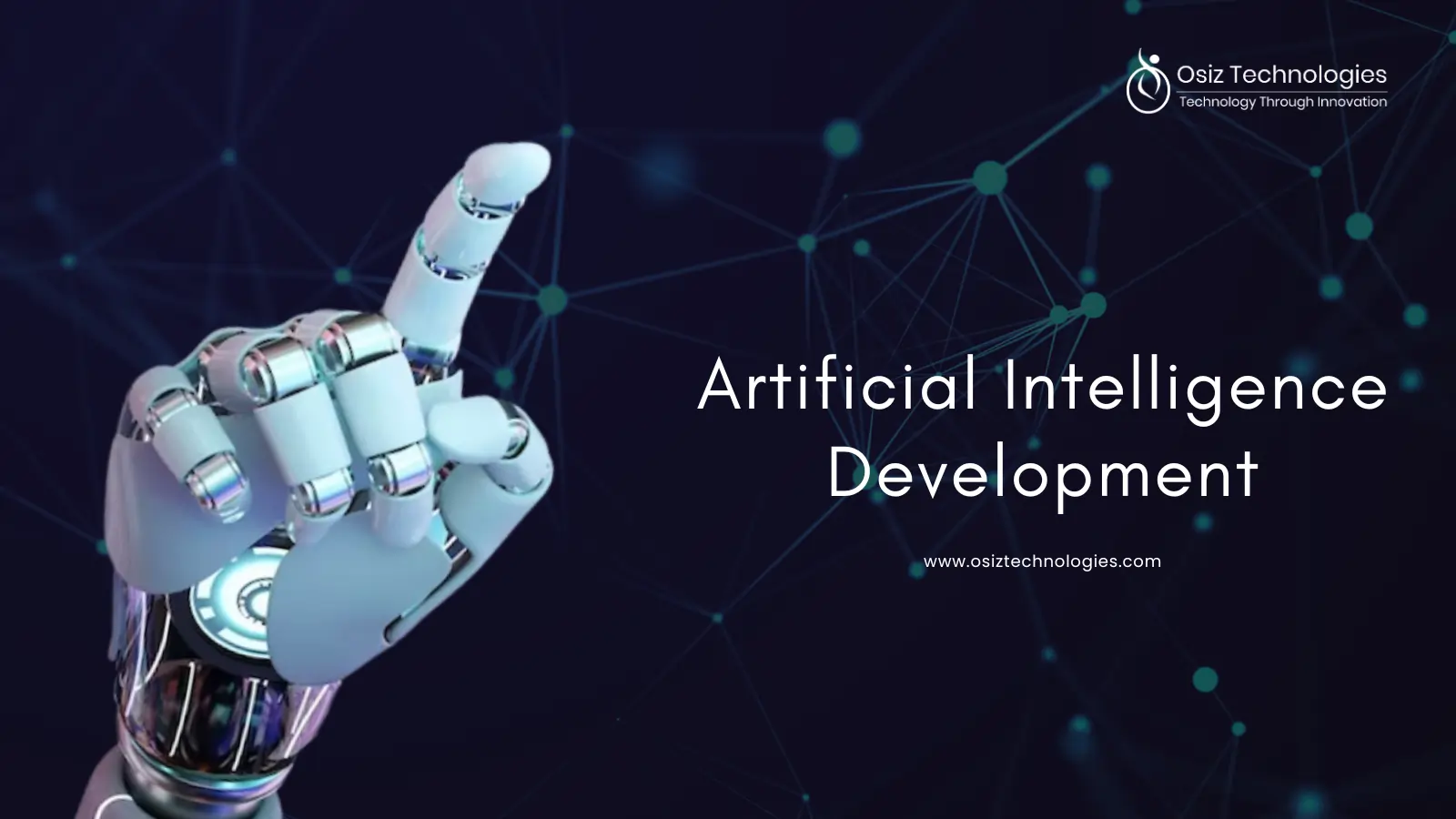We find ourselves living in times where AI automatically changes from finance to healthcare; having model security become of the utmost priority. With increasing sophistication in cyber threats and adversarial attacks, comprehensive strategies against these critical assets need to be developed.
Understanding AI Models and Their Life Cycles
AI models, whether for predictive analytics, image recognition, or natural language processing, have a life cycle that includes data gathering, model training, and deployment and maintenance. Each stage of this process presents unique security challenges. Applicable security controls will need to be implemented against each one of these components of the process to ensure those minor vulnerabilities are not elicited and escalated.
Importance of Intellectual Property and Data Security
The IP related to AI models can come in the form of algorithms and methodologies, which are greatly valued from a business perspective. This saves companies from easily having their proprietary innovations copied or misused. Data security, on the other hand, deals with the protection of data involved both in the training and operation of AI models. Ensuring data confidentiality, integrity, and availability is a huge factor in ensuring model accuracy and trustworthiness.
Risks and Threats to AI Models
These risks vary from data poisoning, which involves providing malicious data with the intent of corrupting the training, to model inversion attacks, which try to elicit sensitive information from the model. Other threats involve cyberattacks against the parameters or functionality of the model that can affect its performance and reliability.
Adversarial Attacks and Their Preventive Measures
Adversarial attacks are defined as making small changes to the inputs to fool AI models into making wrong predictions. The major objective of an adversarial attack is to worsen a model's performance and undermine its reliability. Some of the preventive measures include adversarial training-the model that has to be exposed to perturbed data during the training process and implementing various robust optimization techniques to build resistance against such an attack.
Security Scenarios and Principles in AI
Security scenarios in AI mean various practical scenarios that models can be exposed to. For instance, autonomous cars and financial systems are highly vulnerable in the case of security attacks. The fundamental security principles include confidentiality-protection of data and model parameters, integrity-correctness and consistency of the model, and availability-accessibility of the model, so it is ready for operation.
Methods for AI Model Security
The methods for securing AI models include
- Encryption: Encrypt data in transit and at rest to avoid unauthorized access to the data.
- Access Controls: Employ strict access controls and mechanisms for authentication that guarantee the security of model access.
- Regular Audits: Perform periodic security audits to identify and fix vulnerabilities.
- Secure Coding: Follow secure coding practices that minimize the risk of software vulnerabilities.
Generative AI Model Security
With generative AI models, which build new content based on patterns learned, the security measures would be partly different. This would include but was not limited to preventing misuse by limiting access to these models, monitoring for potential harm coming out of outputs, and safeguards against the generation of biased or malicious content.
Ethical Considerations in AI Security
The security of AI must go hand in hand with ethical considerations covering transparency, avoiding bias, and maintaining user privacy; model deployment has to be done responsibly and in ways that benefit society with ethics met.
AI Model Security Across Industries
There are specific security requirements for AI models in various industries. The AI models for healthcare, for instance, need to have the patient data properly guarded under controlled conditions whereas the AI for financial industries requires fraud prevention and secure transactions. Industry-specific security requirements have a greater urge to have specific security approaches.
Best Practices in AI Model Security
Best practices would include:
Strong Access Controls: Allow access to AI models to only authorized personnel.
Regular Security Assessments: Periodically assess, review, and update security measures to meet newly arising threats.
Training of Personnel: Impart focused training to personnel in security best practices and general security awareness.
The Future of AI Model Security
As technology evolves, so too do challenges and solutions concerning AI security. These could perhaps touch on some upcoming trends in the use of top-notch techniques for threat detection and prevention, model robustness, and majorly advanced ethical and privacy considerations.
Wrap Up
In general, the best multilevel approaches to ensuring the security of AI models will address a number of different risks and threats throughout a model's life cycle. With sound security measures, best practices, and keeping abreast of emerging trends, an organization will be in a position to protect its AI assets, maintain integrity, and ensure reliability. Osiz, the leading AI development company leverages our extensive expertise in AI security to help organizations implement these multilevel approaches, ensuring their AI models are robust, secure, and capable of delivering consistent, reliable performance in any environment.
Listen To The Article
Recent Blogs

Black Friday 30%
Offer










